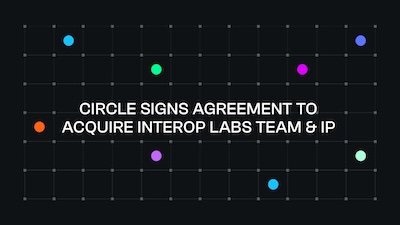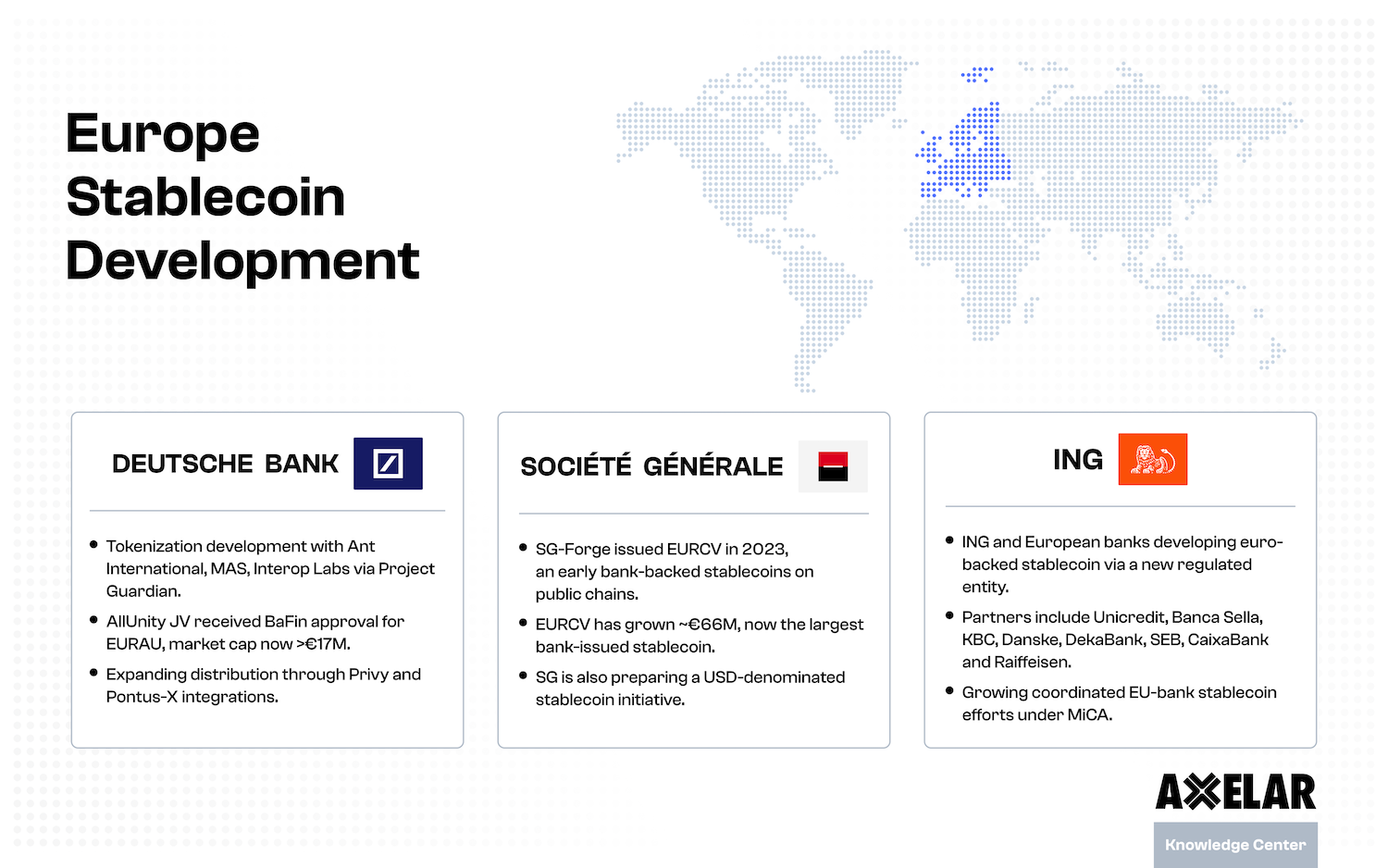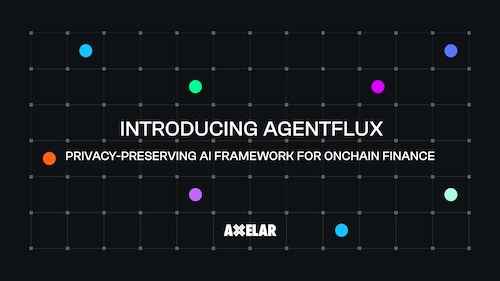Exploring Cross-Chain Solutions: how to Bridge Into Arbitrum
Table of Contents



The Web3 ecosystem is evolving by the minute. What started with Bitcoin now houses hundreds of blockchains and thousands of assets. To support potential growth, communication between these blockchains is paramount. However, since each blockchain network possesses its unique rules and protocols, cross-chain communication becomes a complex affair. Cross-chain bridges are one of the technologies solving the interoperability puzzle, which serve as a “bridge” between blockchains to transfer assets, application logic and information.
The need for interoperability has also been driven by the growth of layer-2 blockchains, which offer scalability and speed while preserving some of the security guarantees of underlying layer-1 blockchains. One of the most promising layer-2 blockchains is Arbitrum, which is designed to increase the scalability of the Ethereum network. While the Ethereum blockchain only allows about 20-40 transactions per second (TPS), Arbitrum can handle nearly 40,000 transactions per second. Through “off-chain computation,” Arbitrum significantly increases throughput, thereby catalyzing scalability. Developers can also easily deploy their Ethereum contracts on Arbitrum without significant changes, enabling them to leverage Arbitrum’s scalability without letting go of Ethereum’s extensive ecosystem.
Since its launch, Arbitrum has witnessed significant growth, showcasing the need for secure and scalable cross-chain interoperability solutions for layer-2 blockchains. To ensure this, Arbitrum’s native bridge facilitates cost-effective and fast transactions.
Here's a detailed overview of the Arbitrum bridge and some other effective ways to connect with the Arbitrum ecosystem.
What is Arbitrum?
Arbitrum is a layer-2 scaling solution designed to enhance the performance of smart contracts and decentralized applications on the Ethereum blockchain. Developed by Offchain Labs, Arbitrum was created to reduce the challenges of high transaction costs and slow throughput that plague the Ethereum network. To achieve this, Arbitrum utilizes Optimistic Rollups.
In this framework, transactions and smart contract calls are executed off-chain in an "optimistic" manner, meaning they are assumed to be correct until proven otherwise. Only a summary of all transactions, known as a rollup, is submitted to the main Ethereum chain. This drastically reduces the amount of data that needs to be stored on-chain, cutting down transaction fees and speeding up processing times. If someone believes a mistake has been made in an off-chain computation, they can challenge it; if proven correct, the system reverts the errant transaction and penalizes the fraudulent actor.
Moreover, Arbitrum allows migration of existing Ethereum dApps without requiring a rewrite of their code. This is crucial for adoption, as developers can easily move their applications to Arbitrum to take advantage of the lower fees and faster transaction times. It also supports the Ethereum Virtual Machine (EVM), meaning that it can execute Ethereum-compatible smart contracts without any modification. This ensures that assets and services across both layers are interoperable.
These features have made Arbitrum the ideal choice for a plethora of decentralized applications, wallets and tools. The applications that support and utilize Arbitrum include cross-chain oracle platform DIA, blockchain infrastructure provider Chainstack and decentralized stablecoin protocol Angle, to name a few. According to Arbiscan, the chain handles ~500,000 transactions every day. As the Arbitrum ecosystem is growing, the chain currently holds over $1 billion in TVL (Source: DappRadar).
To further boost adoption, Arbitrum has also launched a native cross-chain bridge that enables users to bridge their crypto assets between Ethereum and Arbitrum. This enhances the experience for users who are looking to expand the utility of their assets across Ethereum and Arbitrum.
The cross-chain Arbitrum bridge
Along with its mainnet launch in 2021, Arbitrum released the Arbitrum bridge, through which users can transfer their assets from the Ethereum mainnet to Arbitrum. Like other "native bridges" (created by and for specific networks), Arbitrum bridge plays an essential role in promoting interoperability and enabling users to leverage the various dApps on Arbitrum and Ethereum.
Cross-chain bridges like Arbitrum bridge take deposits on a source chain, such as Ethereum, of a native asset such as ETH or USDC. Once the source-chain deposit is confirmed, the bridge releases a wrapped representation on the destination chain – in this case, Arbitrum.
In August 2022, Arbitrum launched the Arbitrum Nova chain, which is built on Offchain Labs’ AnyTrust technology. Nova differs from the traditional Arbitrum One chain by not posting transaction data on-chain. Instead, it enables ultra-low transaction fees through a new security model that relies on a Data Availability Committee (DAC). The chain is designed specifically for dApps that have high transaction volumes, such as games, social projects and DeFi. Since the launch of Arbitrum Nova, the Arbitrum bridge has extended support for it as well, and users can bridge their assets from Ethereum to Arbitrum Nova or Arbitrum One and vice versa.

Through the bridge, users can bridge hundreds of assets from Ethereum to Arbitrum. The bridge also enables users to manage the tokens list and remove the tokens they do not wish to be included in the token menu. To execute a transfer from Ethereum to Arbitrum, users will need to have ETH in their supported wallet to pay for the transactions. The transactions are completed as per the congestion in the chain and can take up to 1 hour to complete. Users will then receive the corresponding tokens on the destination Arbitrum chain, which can be used across the Arbitrum ecosystem.
To bridge their assets back, users can initiate a transfer from Arbitrum back to the Ethereum chain. However, once users bridge the funds from Arbitrum One or Nova through the Arbitrum bridge, they will have to wait for at least seven days to receive them on Ethereum Mainnet. As per DefiLlama, the Arbitrum bridge has processed over $1.1 billion in volume in the month of August 2023.
Even though Arbitrum is trusted as a secure scaling solution, the Arbitrum bridge has had its fair share of security concerns. In September 2022, a whitehat hacker discovered a multimillion-dollar vulnerability on the bridge, which could have enabled any bad actor to hijack all ETH deposits into the bridge. While this vulnerability was patched before anyone could exploit it, the Web3 game Tales of Elleria was hacked for over 140 ETH in April 2023, where the hacker exploited an Arbitrum bridge contract, minted 5 billion Ellerium (ELM) tokens, the native currency of the game, and drained the LP.
Connecting Arbitrum beyond native bridges
While the Arbitrum bridge opens up possibilities for users to bridge their assets to and from Ethereum, there are still limitations in the number of chains and assets supported. Users looking beyond Arbitrum and Ethereum have to look at other interoperability solutions. A large chunk of such users have chosen Axelar, which connects Arbitrum to more blockchains more securely than any other cross-chain network. Moreover, Axelar offers universal connections, and users can seamlessly bridge or swap their tokens between any pair of supported chains, including Polygon, Ethereum, Avalanche and many Cosmos chains.
Since Axelar added support to the Arbitrum mainnet in December 2022, it has seen significant cross-chain transfers to and from the Arbitrum ecosystem. As per Axelarscan, Arbitrum is one of the most popular source chains, with over 50,000+ transactions amounting to over $78 million. Moreover, 32,000+ transactions amounting to over $89 million opted for Arbitrum as the destination chain.
Beyond bridging with Axelar
Although native bridges are opening up possibilities with increased blockchain interoperability, they are not the ideal solution for all use cases. Axelar General Message Passing (GMP) allows developers and users to go beyond just bridging tokens and enables developers to build on any Axelar-supported chain and utilize the key features of other chains.
Hundreds of applications have deployed GMP, empowering them to offer a higher degree of interoperability across multiple blockchains. One such application is Squid, which is a cross-chain swap and liquidity routing protocol. Using GMP, Squid enables the swap of any token across supported chains in just a single click. This enables users to make the most of their assets across blockchains without needing to use multiple wallets and platforms.
Here is detailed information about Squid’s cross-chain capabilities and how developers can use the Squid SDK to make their applications cross-chain.
The future of interoperability
While we navigate through the ever-changing Web3 ecosystem, the need for stable and secure interoperability solutions is paramount. Stable cross-chain bridges that connect prominent layer-2 blockchains are essential to support the seamless movement of assets across chains and supplement the growth of the ecosystem.
Arbitrum is one of the multiple blockchains that are connected by Axelar through GMP. With GMP, both users and developers can enjoy seamless interoperability with endless possibilities and numerous use cases. With the recent integration of Cosmos, Axelar GMP now connects 45+ blockchains at this writing, including Avalanche, Base, Binance, Ethereum, Fantom, Linea, Moonbeam and Polygon.
Interested in using GMP and building with Axelar? Check out our docs on General Message Passing to know more, and reach out to us on Axelar Discord for any questions.


